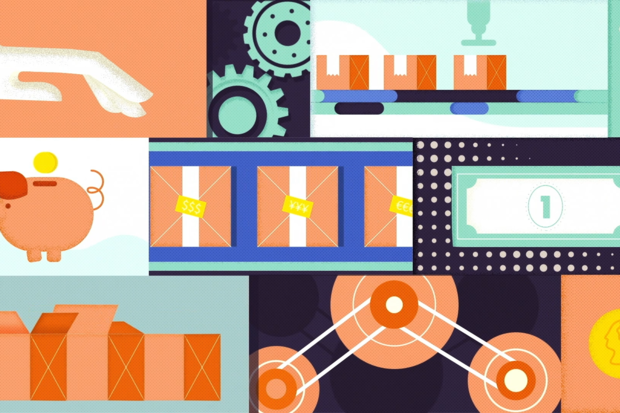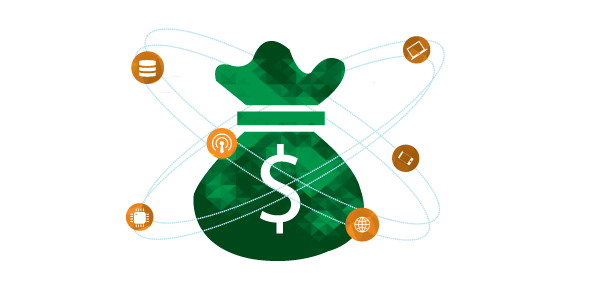By 2020, there will be 50 billion connected devices. The latest Gartner forecast predicts that by 2020 there will be $309 billion in incremental revenue opportunity for IoT suppliers, mostly in services. With numbers like these, it’s clear IoT is not just another trend. It’s the future of business. It will change the base of competition and drive new business models for user and supplier companies.
It makes sense to organizations to investigate IoT opportunities. Typically, they look for a business case with a focus on the shortest path to enabling them to save money: they look at IoT to automate processes.
It appears the real value of IoT to organizations lies in how it has the potential to fundamentally change the interaction with customers. Through new products and services, but also new business models. More specifically it is about moving from a Capex model to one that is based on a recurring Opex model.
In the traditional way of doing business – selling unconnected products – a company is focused on the features and benefits of its products. Whilst in the connected services world it will focus on the use of its products as well as the customer experience.

The Cloud is the container for Anything as a service (XaaS). But we may pull this further. It is the power of IoT to transform a business to sell products and services as a service rather than in the traditional model.
Why can’t you sell usage of a car based on the mileage the customer drives rather than requiring them to pay €30,000 just to have a car?
Tien Tzuo of Zuora asks “How about the ability to monitor machines that are in use at customer sites?” And presents how makers of industrial equipment can shift from selling capital goods to selling their products as services. “Sensor data will tell the manufacturer how much the machinery is used, enabling the manufacturer to charge by usage. Service and maintenance could be bundled into the hourly rate, or all services could be provided under an annual contract. The service might also include periodic upgrades (software downloads, for example). Performance from the machinery can inform the design of new models and help the manufacturer cross-sell additional products and services. This as-a-service approach can give the supplier a more intimate tie with customers that competitors would find difficult to disrupt”.

Implementing IoT strategies is not easy. Gartner expects three out of four IoT projects to face schedule extensions of up to 100 percent with the consequent cost overruns. The more ambitious and complicated the project, the greater the schedule overruns. It is clear, to put IoT in place many components need to come together:
Typically, these components are supplied by different suppliers with independent product lifecycles. Inevitably, that has created a highly fragmented landscape and organizations that have tried to create an integrated capability themselves have found it extremely challenging to bring together a specific device, software, connectivity, data storage and analytics capabilities.
These capabilities are not the core business of IoT users so their energies are better spent directed at developing new offerings, products and services which make use of IoT rather than trying to build IoT capabilities It is our view that the more of the components and the capabilities that can be supplied as a shrink-wrapped offering, the easier it will be for companies to manage risk and the easier and faster it will be for them to deploy services.

There are some simple tips to help monetizing the IoT opportunities:
But the biggest challenge is to create consensus across the organization. That has to bring in all the chief stakeholders because it does impact them all. The entire organization needs to be engaged to support the transformation. Three key attributes pop up: agility, flexibility, and above all leadership.